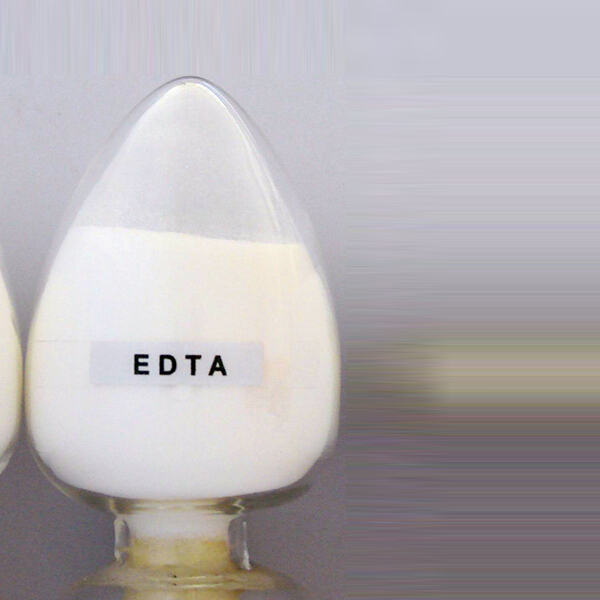
News
ਦਸੰ. . 11, 2024 10:02 Back to list
poly l-aspartic acid sodium salt
The Versatility of Poly L-Aspartic Acid Sodium Salt in Modern Applications
Poly L-Aspartic Acid Sodium Salt, commonly referred to as PLAS, is a sophisticated polymer that has garnered considerable attention across various sectors due to its unique chemical properties and environmental compatibility. As a derivative of L-aspartic acid, this biopolymer has numerous applications in fields such as agriculture, pharmaceuticals, and cosmetics. This article delves into the characteristics, benefits, and diverse applications of Poly L-Aspartic Acid Sodium Salt.
Chemical Structure and Properties
At its core, Poly L-Aspartic Acid Sodium Salt is a polypeptide made from repeating units of L-aspartic acid. The sodium salt form enhances its solubility in water, making it an ideal candidate for various aqueous applications. Its structure allows for interaction with both hydrophilic and hydrophobic substances, contributing to its versatility. The anionic nature of the polymer aids in binding with positively charged ions, which can enhance its role as a chelating agent.
Sustainability and Biocompatibility
One of the most compelling aspects of PLAS is its biodegradability and biocompatibility. Unlike many synthetic polymers that persist in the environment, PLAS can naturally decompose into non-toxic byproducts. This makes it an attractive alternative in environmentally conscious industries. Furthermore, its biocompatibility is particularly significant in biomedical applications, where materials must interact safely with biological tissues.
Applications in Agriculture
poly l-aspartic acid sodium salt

In agriculture, Poly L-Aspartic Acid Sodium Salt has emerged as a promising soil conditioner and water retention agent. Its ability to form gel-like structures when mixed with water helps retain moisture in the soil, thereby decreasing the need for frequent irrigation. This property is particularly beneficial in arid regions where water scarcity is a pressing issue. Additionally, PLAS can improve nutrient availability by forming complexes with essential minerals, facilitating better absorption by plants. As global agricultural practices strive for sustainability, employing PLAS can help reduce water usage and enhance crop yields.
Innovative Uses in Pharmaceuticals
The pharmaceutical industry has also recognized the potential of Poly L-Aspartic Acid Sodium Salt. Due to its biocompatibility, it can be utilized in drug delivery systems. PLAS can be engineered to encapsulate pharmaceutical compounds, allowing for controlled release over time. This characteristic not only improves the efficacy of the drug but also minimizes potential side effects by controlling the concentration of active ingredients in the bloodstream. Furthermore, its role in enhancing the solubility of poorly water-soluble drugs represents a significant advancement in formulation science.
Cosmetic Applications
The cosmetic industry is another area where PLAS has found its niche. Its hydrophilic properties make it an excellent ingredient for skin moisturizers and conditioners. By forming a protective barrier on the skin, it aids in retaining moisture and improving skin elasticity. Additionally, its gentle profile makes it suitable for sensitive skin formulations, positioning it as a favored choice among consumers seeking natural and safe products.
Conclusion
Poly L-Aspartic Acid Sodium Salt stands as a beacon of innovation in the realm of polymers. Its unique properties and wide-ranging applicability underscore its importance in fostering sustainable practices across multiple industries. As research continues to uncover new potential uses of PLAS, its contribution to environmentally friendly solutions and advanced technologies is likely to expand, paving the way for a greener future that harmonizes with both human needs and ecological integrity. The growing trend toward sustainability emphasizes the necessity for materials such as PLAS that not only perform effectively but also align with global efforts to protect our environment. In the coming years, it will be exciting to see how PLAS evolves and integrates into various domains, driving forward the agenda for innovation and sustainability.
-
Polyaspartic Acid Salts in Agricultural Fertilizers: A Sustainable Solution
NewsJul.21,2025
-
OEM Chelating Agent Preservative Supplier & Manufacturer High-Quality Customized Solutions
NewsJul.08,2025
-
OEM Potassium Chelating Agent Manufacturer - Custom Potassium Oxalate & Citrate Solutions
NewsJul.08,2025
-
OEM Pentasodium DTPA Chelating Agent Supplier & Manufacturer High Purity & Cost-Effective Solutions
NewsJul.08,2025
-
High-Efficiency Chelated Trace Elements Fertilizer Bulk Supplier & Manufacturer Quotes
NewsJul.07,2025
-
High Quality K Formation for a Chelating Agent – Reliable Manufacturer & Supplier
NewsJul.07,2025
